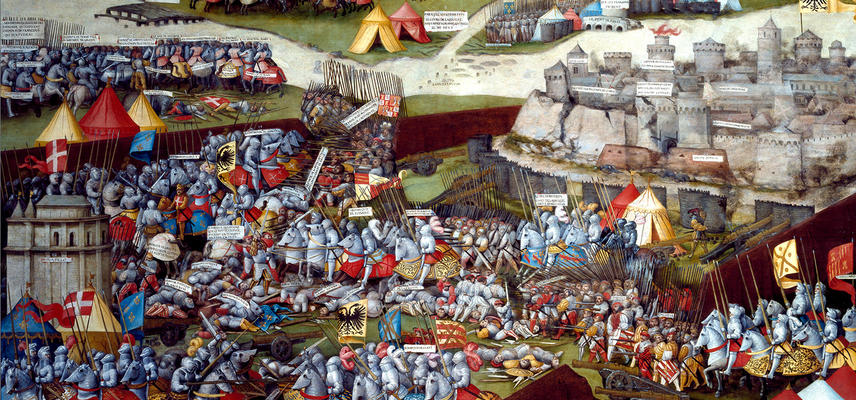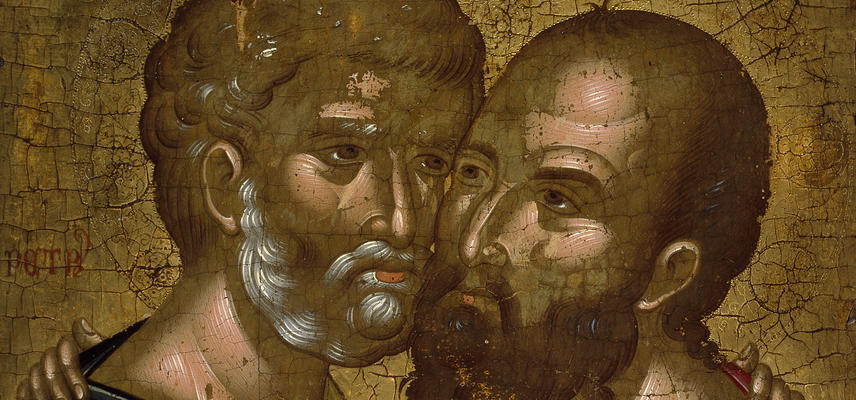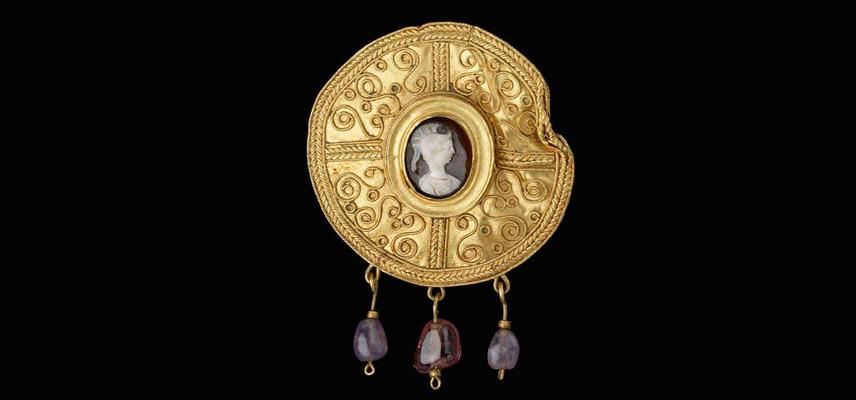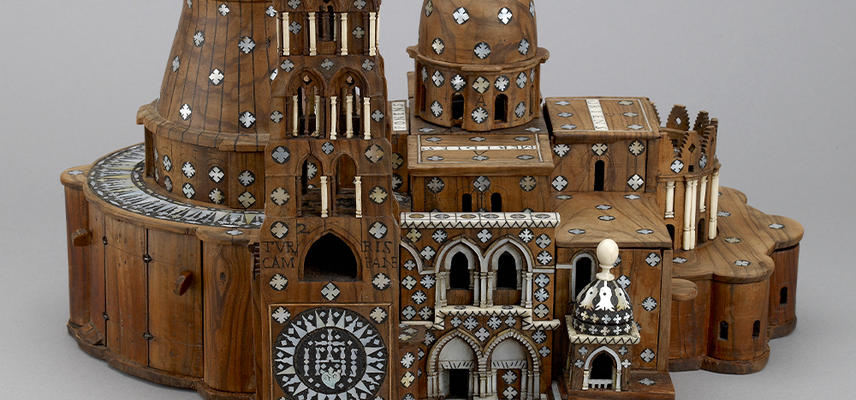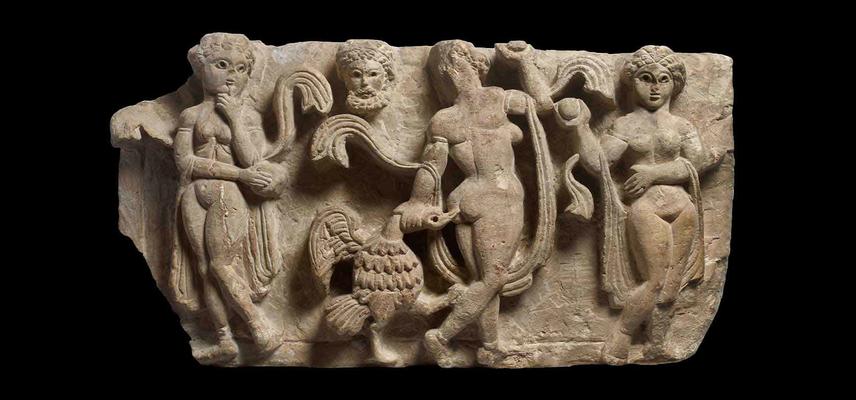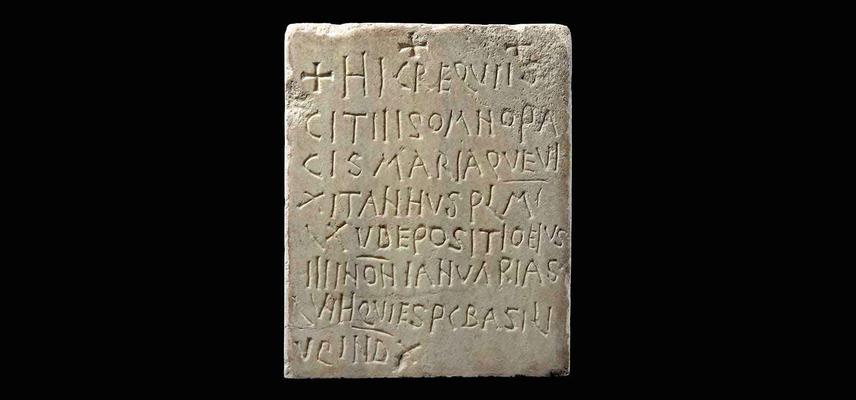MEDITERRANEAN WORLD GALLERY
The Mediterranean World Gallery examines the Mediterranean region after the division of the Roman empire by exploring the sea and life in some of the principal cities around its shores.
After AD 300, the cities of Rome, Constantinople, Jerusalem, Cairo, Alexandria and Venice were developing their own identities and establishing individual and separate cultures freed from the homogeneity of the Roman empire. Timelines in the gallery's displays illustrate the region’s turbulent history.
The centrepiece of the gallery is an enormous map establishing the location and situation of the most important sites and cities within Mediterranean history.
Around the walls, cases dedicated to the six principal cities around the Mediterranean shore show examples of craftsmanship such as Roman glassware, Venetian pottery, glittering Byzantine jewellery and Orthodox Christian painted wooden icons, as well as pilgrimage and personal objects.
A large-scale painting of The Siege and Battle of Pavia has recently become a highlight of the gallery. The artwork's redisplay this Feb 2025 marks the 500th anniversary of this crucial battle between the Kingdom of France and the Holy Roman Battle on 24 Feb 1525.



